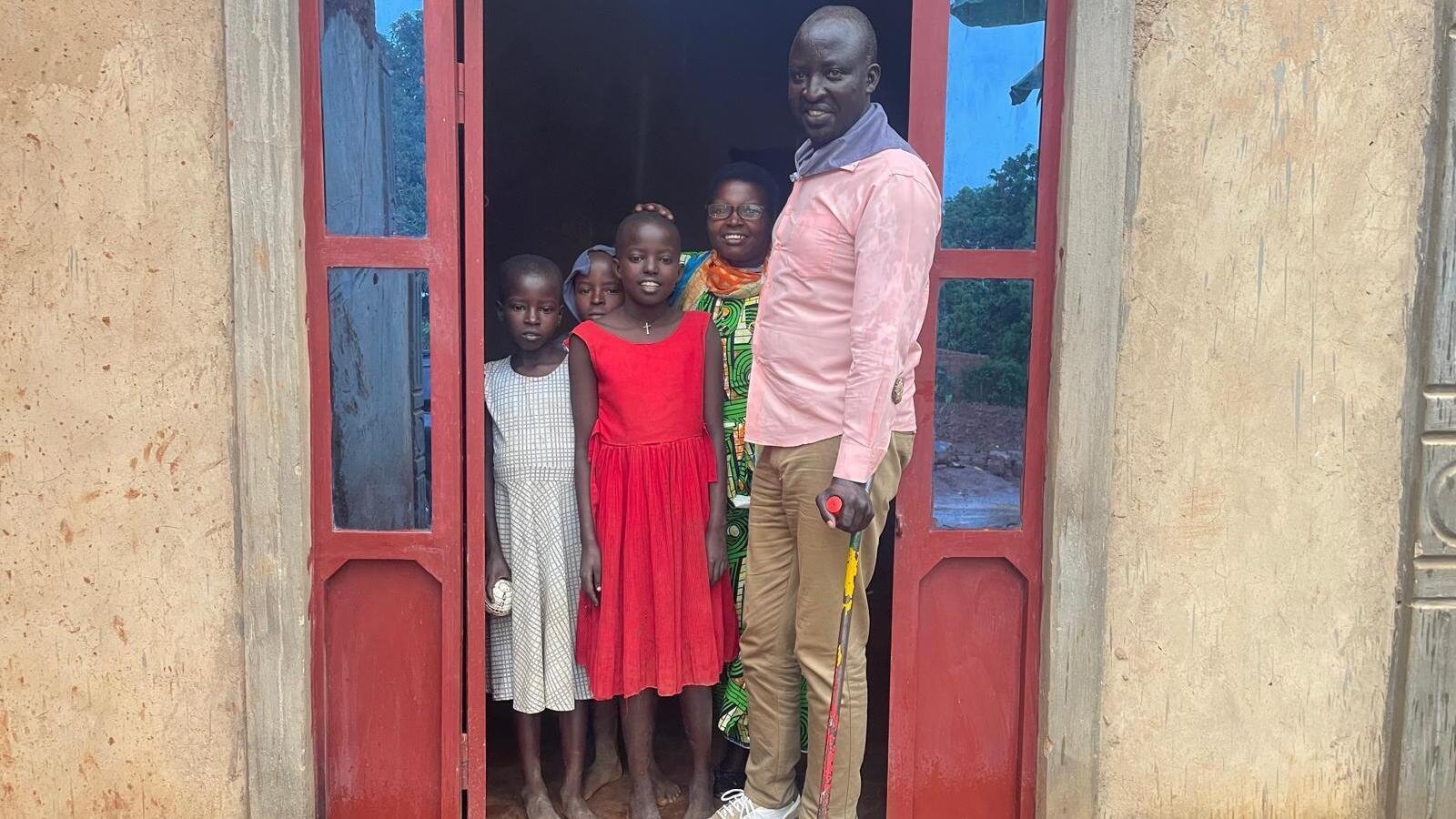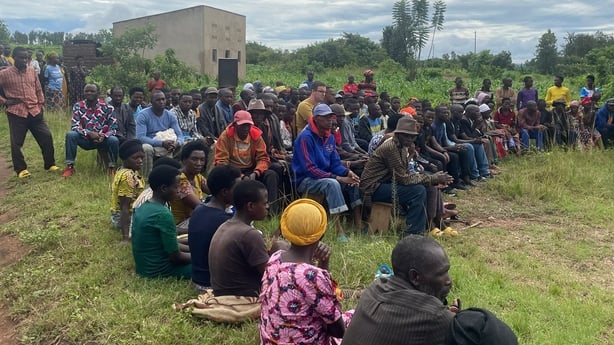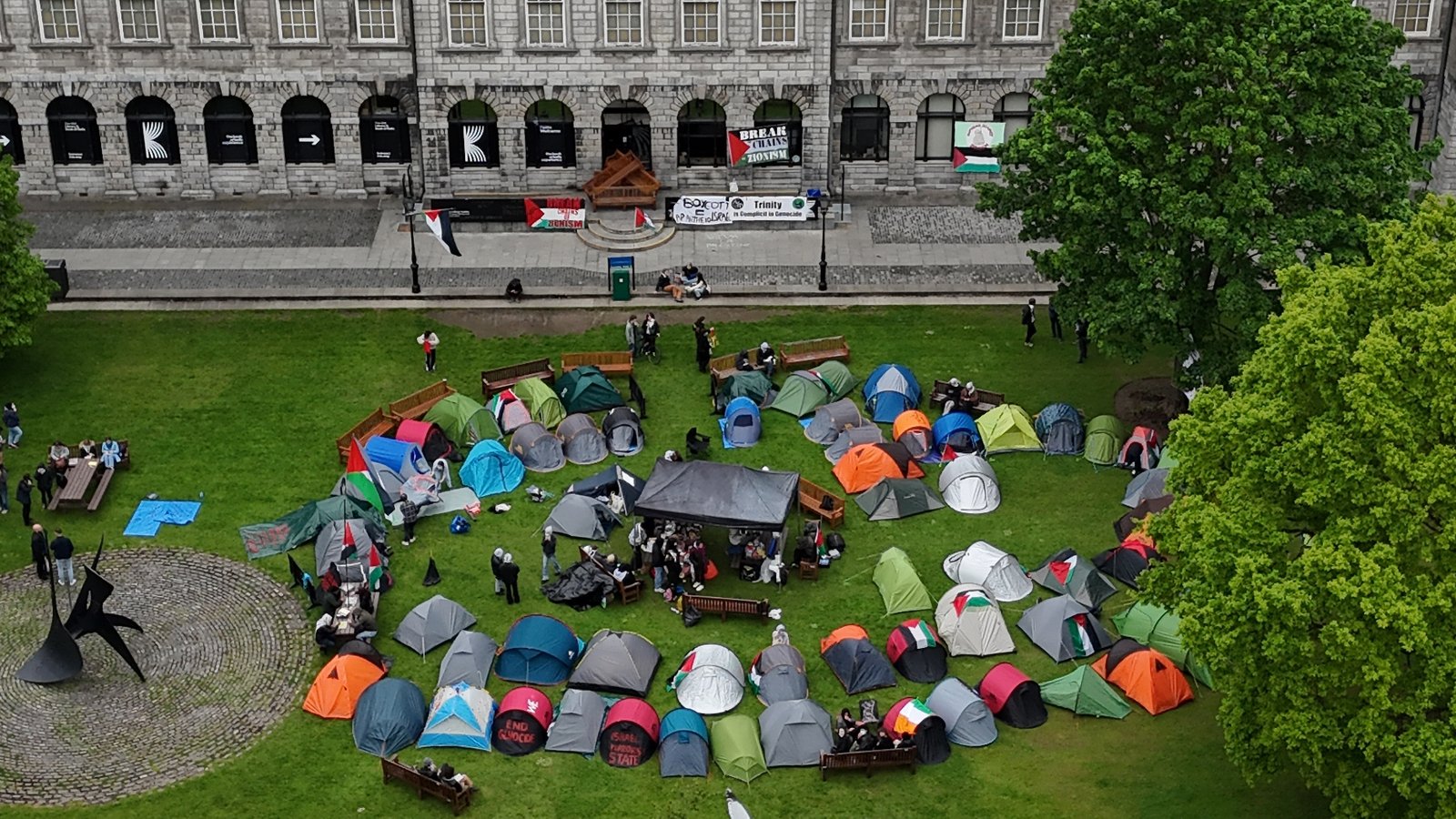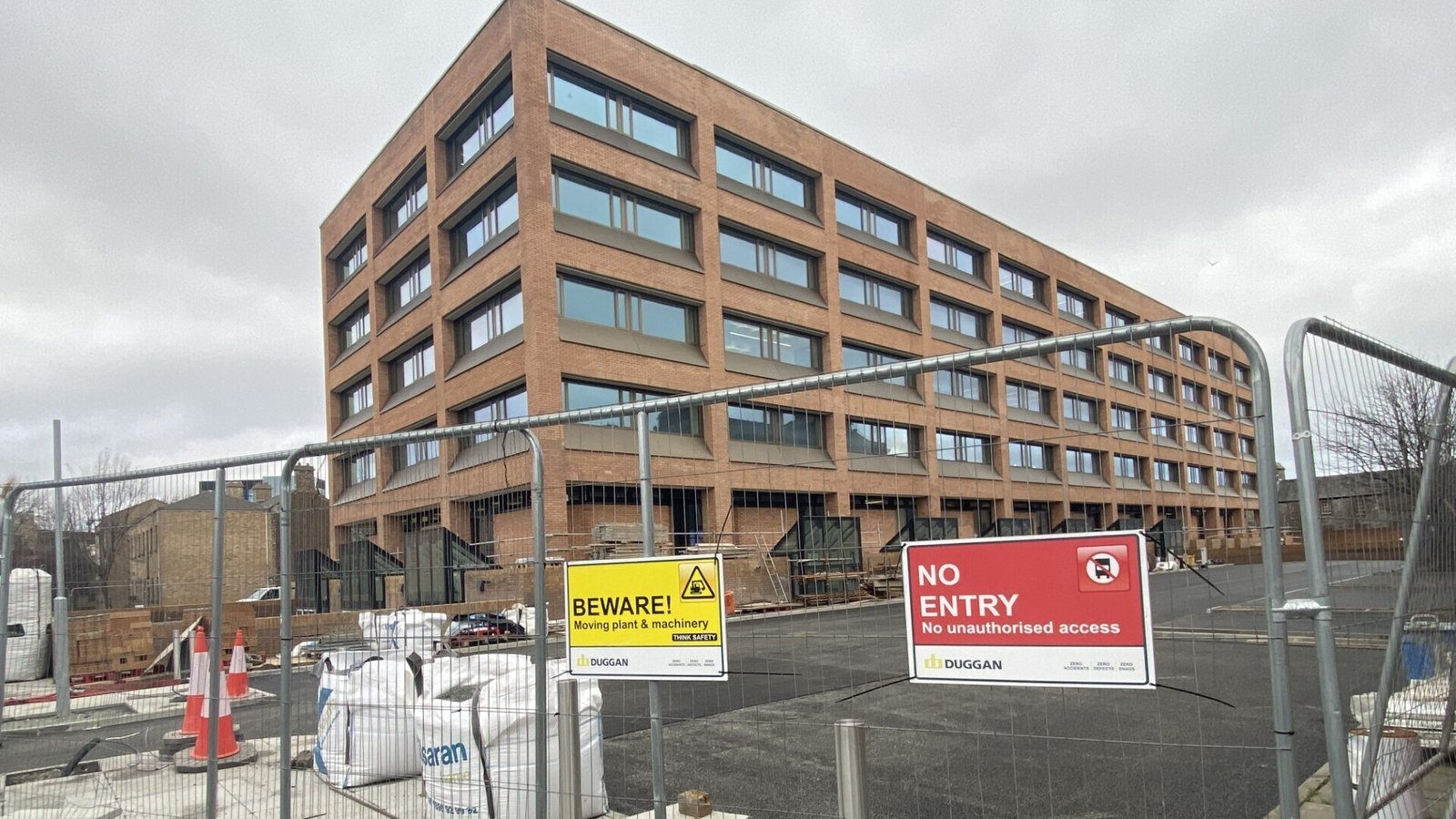Rebuilding Rwanda 30 years on from genocide

Thirty years on from the Rwandan genocide, Amy Ní Riada speaks to one survivor and looks at how the country has dealt with what happened during 100 days of violence.
John Giraneza was an 18-year-old member of Rwanda’s Tutsi tribe when the country’s Hutu president Juvénal Habyarimana was shot down on 6 April 1994 with surface-to-air missiles as his jet prepared to land in the Rwandan capital, Kigali.
What followed was 100 days of ruthless slaughter as the majority Hutu tribe concluded that the Tutsis, who made up just 14% of the country’s population, had carried out the assassination.
Mr Giraneza spent years physically recovering from his attack. After receiving machete blows to the head and hips, he spent 135 days in a coma followed by six years in a hospital.
Thirty years later, he still walks with a heavy limp and can only do so with the aid of a crutch. A deep scar is visible across his head but he says his entire body is covered in them. Talking about it, he tells me, helps him deal with the trauma.
“Every time I talk about this, I feel a little lighter,” he says. “It all adds to the healing process.”
John met Marie-Jean after spending eight years as a street boy, surviving off of bin scraps. Those in the area who were working towards reconciliation efforts approached John to help build houses in a new village and Marie-Jean’s family were also building there at the time.
That village – Bugesera – would house both perpetrators and survivors of the 1994 genocide. What he wasn’t aware of was that Marie-Jean, who he was now dating, was a member of the very family that wiped out 24 of his siblings. It changed everything.
We need your consent to load this rte-player contentWe use rte-player to manage extra content that can set cookies on your device and collect data about your activity. Please review their details and accept them to load the content.Manage Preferences
“When I learned whose family she was belonged to, I called it off. I said I would never go back to her,” he says. However, as part of the therapy and prayer sessions offered to survivors, John learned the gospel of Zechariah, which preaches forgiveness.
“I knew I could never move past this without forgiveness. If I could not forgive, I would never be forgiven by my maker,” he says.
The reconciliation village was a concept founded by the country’s pastors in an attempt to harmonise communities which were riddled with division in the aftermath.
In John and Marie-Jean’s case it proved successful in reuniting the couple. Her family repented for the murder of his siblings and they went on to have four children together.
There are several other success stories from Bugesera village.
At a commemoration event marking the 30th anniversary of the genocide, where 200 local people gathered to remember the one million men, women and children murdered, survivors stood up to share their stories.
One of the men spoke about how, as a teenager herding cattle, he ran for his life when he saw a group of men walking up the drive with machetes, clubs and knives in their hands.

“There would have been no pleading with these people, they had one thing on their mind and that was to murder us all,” he says. “I ran towards the hill and hid in a swamped piece of land. I relied on good samaritans to bring me food.”
After he finished speaking, another man asked if he could have the microphone. He proceeded to reveal that he was, in fact, one of the men who wielded a machete on that very day.
“The pain we inflicted on people is unimaginable,” he said. “I feel nothing but shame and I beg for your forgiveness. I have spent 14 years in prison and I repent everyday for the horrors we caused.”
He then returned to his seat and was commended by one of the survivors he was sitting next to.
There are eight reconciliation villages across Rwanda with approximately 800 people living in each one.
This week, they will commemorate the events of 1994 with different events while the flame of remembrance will remain lit in Kigali for 100 days, the length of time the atrocities were carried out.
For Rwandans, the flame is merely a symbol for the rest of the world to acknowledge what happened and ask themselves why it took so long to stop.
As for the Tutsis themselves, the mental and physical scars they bare will remind them every single day for the rest of their lives of how the world failed to act on a gruesome genocide, which targeted the men, women and children of minority ethnic group in East Africa.




